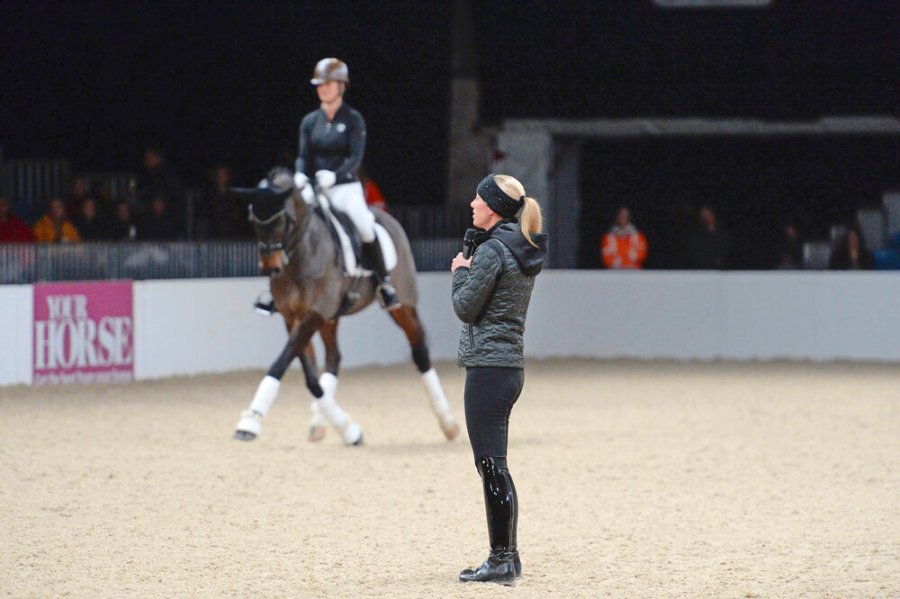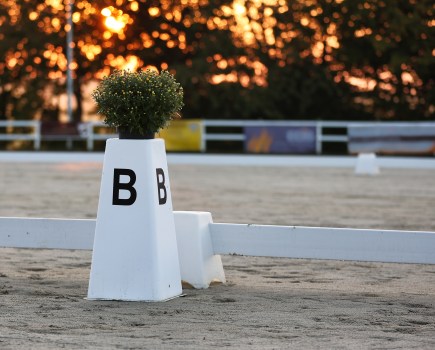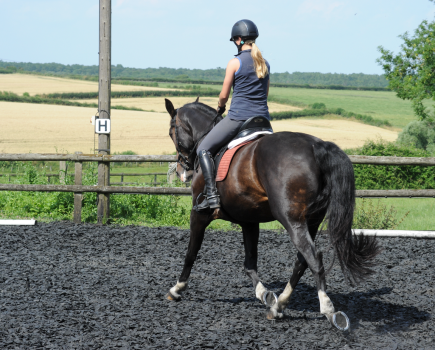Improve your schooling skills with top tips and advice from the one and only Charlotte Dujardin.
In front of the leg
One of the first things you need to work on is having your horse in front of your leg, otherwise it makes it difficult to perform the harder movements.
“He must go on a light, soft touch — you don’t want to work too hard,” explains Charlotte. “If I have a horse who isn’t reacting to the leg I use click, kick and go! Gallop around the arena — it’s not dressage, but your horse must react to the aid.”
Using transitions will also improve your horse’s obedience to your leg aids.
Straighten up
Straightness is another important area to work on — this is when your horse carries his head and neck in front of his chest. When you ride down the centre line, that’s the first thing a judge will see when you’re riding a dressage test.
Work both sides
Like us, horses are naturally one-sided, but correct training will help to make them as even as possible into both reins.
“Most horses are curled up to the left and stiff to the right,” says Charlotte. This means that your horse will struggle to bend to the right and fall in, so you need to teach him to be submissive to the bend from your inside (right) leg.
Teach self-carriage
When you give and retake your reins horse should stay in the same rhythm and frame — this is what’s known as self-carriage.
“You need to feel that you can give the rein away and nothing should change,” explains Charlotte. “Your horse will only be able to do this if he’s in balance.”
As a rider, you need to concentrate on maintaining an elastic contact — not gripping the reins or hanging on to them. Carry your hands towards your horse’s mouth, not back towards your body.
Time to stretch
It’s always good to end your training session with a stretch, but it can be good to begin with one too.
“You will always get the best stretch at the end of your training session,” says Charlotte. “Keep your hands very still and allow your horse to take the contact down and forwards.”
Don’t miss the latest issue of Your Horse Magazine, jam-packed with training and veterinary advice, horse-care tips and the latest equestrian products available on shop shelves, on sale now.









